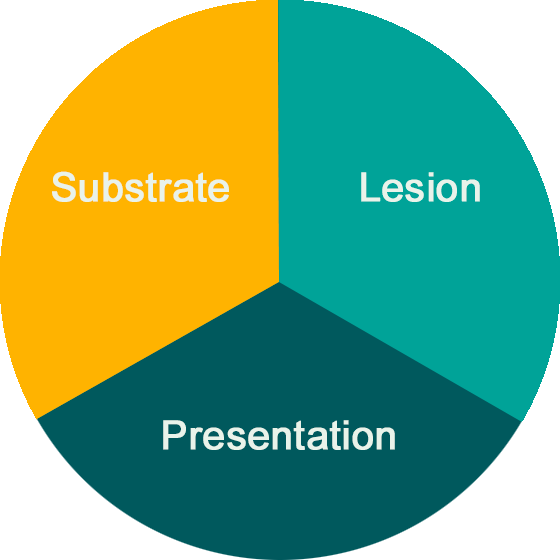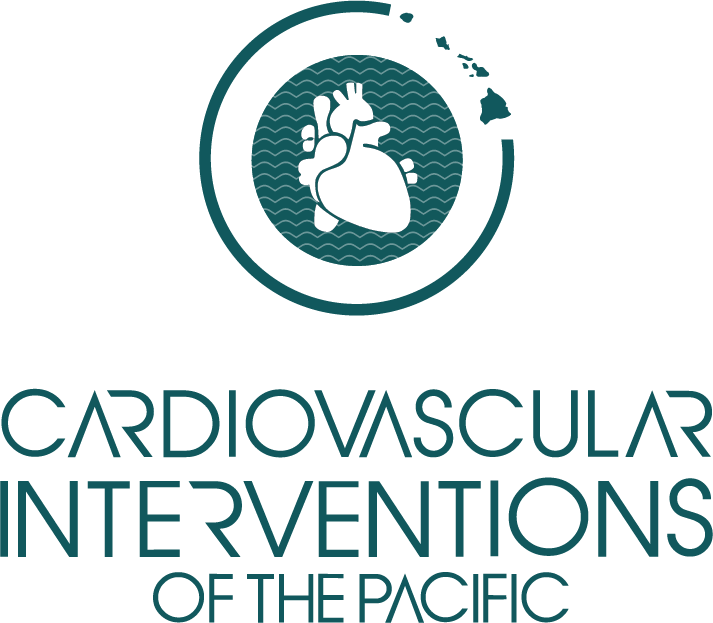Dr Ramy Badawi is your specialist about high risk heart stent Hawaii. Get in contact with us to make for more information.
Best heart stent doctor in Hawaii
high risk heart stent Hawaii
Dr Ramy Badawi is one of the best interventional cardiologist in Hawaii. He specializes in catheter-based procedures for the treatment of coronary artery disease. Till this day Dr Ramy Badawi has treated thousands of patients with the condition in Hawaii. His commitment in treating patients with higher risk and more complex coronary artery disease made him a pioneer and leading specialist in Hawaii. His subspecialty interest is in the treatment of “coronary chronic total occlusions” (CTO) and “complex higher risk and indicated patients” (CHIP) with coronary stents (percutaneous coronary intervention aka PCI). Dr Ramy Badawi offers an alternative catheter-based therapy to patients who cannot undergo coronary artery bypass graft (CABG) surgery.
He is the leading specialist in coronary chronic total occlusions (CTO) and complex higher risk (and indicated) patients (CHIP) procedures in Hawai’i which offer an alternative catheter-based therapy to patients who cannot undergo coronary artery bypass graft (CABG) surgery.
Dr Ramy Badawi is the founder of the first coronary chronic total occlusion (CTO) percutaneous coronary intervention (PCI) program in Hawai’i adopting the “hybrid” algorithm.
He performed the first procedure in Hawai’i at Queens Medical Center in 2013 and then began offering the procedure at Adventist Health Castle in 2019. He now shares his time between both institutions to bring complex coronary procedural experience to both “town” side and “windward” side of Oahu on a weekly basis. Dr Ramy Badawi has been a pioneer for CTO and CHIP complex coronary procedures in Hawai’i and has been an advocate for cross-institution collaboration among Hawai’i physicians in the field and he hosts a quarterly Hawai’i Wide Cath Conference to encourage dissemination and discussion of ideas in the CTO and CHIP space.
Dr Ramy Badawi has been involved in the introduction of numerous new technologies to advance coronary and peripheral interventions in Hawai’i including placement of the first bioresorbable “dissolvable” coronary stents, first use of intravascular lithotripsy or “shockwave” therapy in the coronary arteries and peripheral arteries, the first use of drug eluting balloons in the coronary arteries and the peripheral arteries, the first use of laser atherectomy in the coronary arteries, the first coronary orbital atherectomy, and the first coronary optical coherence tomography “intravascular” imaging.
high risk heart stent Hawaii
CHIP & CTO PCI
CHIP (Complex High Risk and Indicated Patient) PCI (Percutaneous Coronary Intervention)
Certain coronary procedures may be of a higher risk due to the patient’s age, weakened heart, emergent presentation. Also it may be complex due to the coronary anatomy, calcification, tortuosity, and/or an old completely closed artery also known as “chronic total occlusion” (CTO).
“Percutaneous Coronary Interventions or procedures” (PCI) that are complex and/or higher risk but still indicated for patients (CHIP) are frequently referred to a CHIP PCI.
They may include a number of complex and higher risk features including:
“Chronic total occlusions” (CTO) which prevent passage of a wire to deliver equipment (see CTO PCI) bifurcation lesions (the blockage in the artery involves a branching point in arterial tree or a “fork” in the path the blood must travel) which presents a challenge because the geometry of a stent is that of a straight cylinder so this must be adapted or re-configured in the shape of a letter “Y” or “T”.
“Calcified lesions” which require either “atherectomey” (drilling technology) or “lithotripsy” (ultrasound shockwaves) to fracture the blockage. Consequently the calcified lesion yields to permit placement of a stent to restore blood to permit placement of a stent to restore blood flow.
high risk heart stent Hawaii
Contributors to Risk and Complexity of PCI
High Risk/Complexity Governed by
01 | PRESENTATION
shock, STEMI, cardiac arrest
02 | LESION
unprotected left main, high risk bifurcation, calcification, CTO
03 | SUBSTRATE
elderly, low EF, renal failure, frailty
Contributors to Risk

high risk heart stent Hawaii
Complex Coronary Revascularization
Bifurcation Stenting
bifurcation lesions is a blockage in the artery which involves a branching point in the arterial tree or a “fork” in the path the blood must travel. Therefore bifurcation lesions present a challenge because the geometry of a stent is that of a straight cylinder so this must be adapted or re-configured in the shape of a letter “Y” or “T”.
high risk heart stent Hawaii
Calcium Modification
is calcified lesions which require either drilling technology (atherectomy) or ultrasound shockwaves (lithotripsy). The goal is to fracture the blockage so it yields to permit placement of a stent to restore blood to permit placement of a stent to restore blood flow.
high risk heart stent Hawaii
Office Email
smasc1011@aol.com
Direct Email
cardiovascular.interventions.hi@gmail.com
Office Telephone
808 376 5340
Office Fax
808 625 4808
High risk heart stent Hawaii, Complex heart stent Hawaii, High risk coronary stent Hawaii, Complex coronary stent Hawaii, Complex High risk and Indicated Patient Hawaii, CHIP Hawaii, Bifurcation stent Hawaii, Atherectomy Hawaii, Shockwave Hawaii, Intravascular lithotripsy Hawaii

